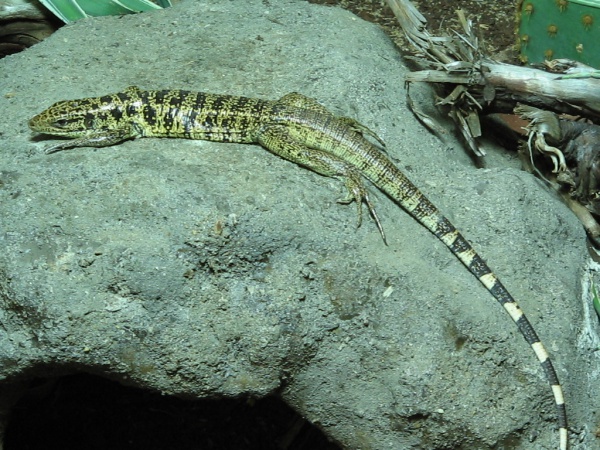Facts About Tupinambis
Tupinambis, commonly known as tegus, is a genus of large lizards that belong to the family Teiidae. These captivating reptiles encompass eight distinct species, some of which are quite popular as pets. While they are primarily found in South America, one species, Tupinambis teguixin, also inhabits Panama. In 2012, scientists reclassified several of these species into a new genus called Salvator based on their morphological characteristics.
In Portuguese, these lizards are referred to as teiú, and they have various names in now-extinct indigenous languages. A notable feature of Tupinambis lizards is their distinctive teeth. They possess four different types of teeth, with their shape and diet evolving as they mature.
Regarding their classification, researchers list the species alphabetically. Recent studies have revealed significant differences between the northern and southern groups of these lizards. The southern group is so distinct that some scientists have reassigned them to the genus Salvator.
Tegus are believed to have originated during the Cenozoic era, with fossils of Tupinambis discovered in Argentina dating back to the Late Miocene. Research on their reproductive anatomy and physical traits supports the division between Tupinambis and Salvator. However, further studies are required for this classification change to gain widespread acceptance within the scientific community.

 Guyana
Guyana